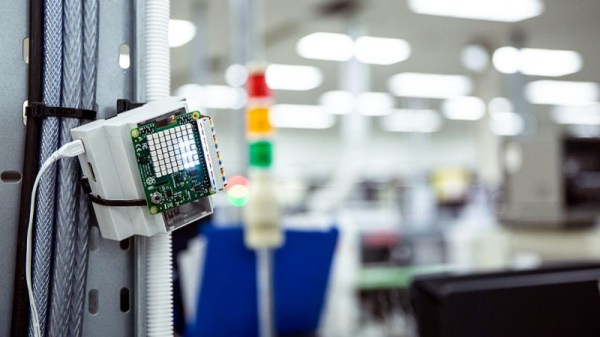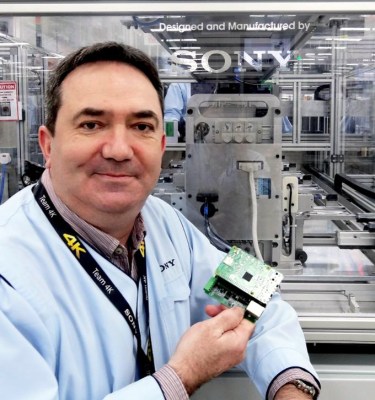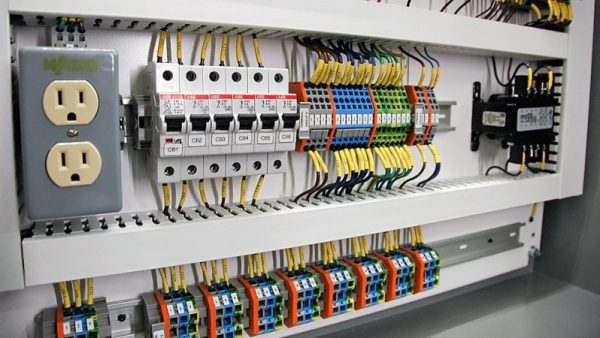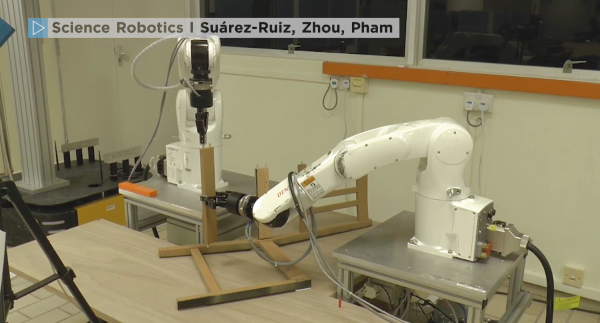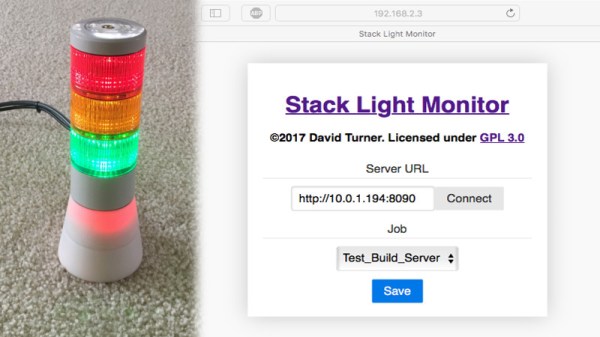We all think we could use a third arm from time to time, but when we actually play this thought experiment out in our heads we’ll eventually come to the same hurdle [caltadaniel] found, which is a lack of a controller. His third arm isn’t just an idea, though. It’s a Yaskawa industrial robot that he was able to source for pretty cheap, but it was missing a few parts that he’s been slowly replacing.
The robot arm came without a controller or software, but also without any schematics of any kind, so the first step was reverse engineering the wiring diagram to get an idea of what was going on inside the arm. From there some drivers were built for the servos, but the key to all of it is the homemade controller. The inverse kinematics math was done in Python and runs on an industrial PC. Once it was finally all put together [caltadaniel] had a functioning robotic arm for any task he could think of.
Interestingly enough, while he shows the robot brushing his teeth for him, he also set it up to flip the switch of a useless machine that exists only to turn itself off. There’s something surreal about a massive industrial-sized robotic arm being used to turn on a $20 device which will switch itself back off instantly, but the absurdity is worth a watch.
Continue reading “Industrial Robot Given New Life And Controller”

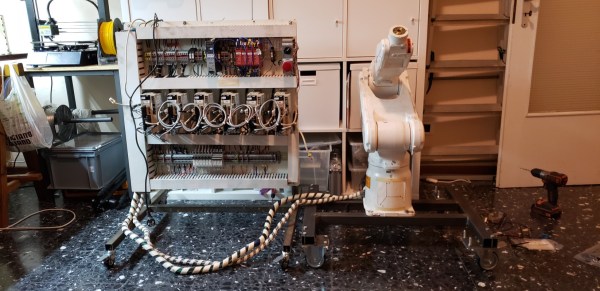

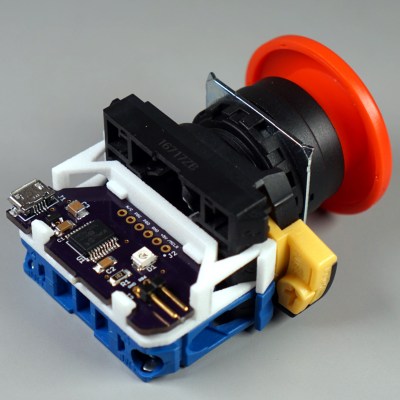 It turns out that industrial push buttons have standardized components which can be assembled in an almost LEGO-like manner, with components mixed and matched to provide different switch actions, light indicators, and things of that nature. [Glen] decided to leverage this feature to make his custom PCB (the same design used in his
It turns out that industrial push buttons have standardized components which can be assembled in an almost LEGO-like manner, with components mixed and matched to provide different switch actions, light indicators, and things of that nature. [Glen] decided to leverage this feature to make his custom PCB (the same design used in his 